The basic element used to start the high intensity discharge lamps, including metal halide (MH) and high-pressure sodium vapor lamps (HPSV) lamps, is called an electronic igniter for SV/MH. These igniters … They generate a high voltage pulse which establishes an arc in the bulb. can be led to light On the other hand, ignitors of the type like Z400 MK D20 can be used in HS (high-pressure sodium) and HI (metal halide) lamps. This type of stack ignitor offers smooth ignition at the expense of a strong phase. The ignition voltage is damped on this, and flickering is reduced together with reliable initiation of the bulb. In addition, low inside energy loss is ensured and can thus be both for interior as well as exterior lamps. A very popular ignitor made specifically for MH, GN/MH50-150 is applied to low-wattage metal halide lamps in the power range of 50W to 150W. It is stable by providing constant voltage pulses. The electronic igniters therefore are very important in ensuring efficiency and lifespan of HID lightening in an application-spectrum that takes on from outdoor to indoor and everything within in between.
Pulse Ignitor
A pulse ignitor is used with high-intensity discharge (HID) lamps, such as metal halide (MH) and high-pressure sodium (HPS) lamps. It generates a high-voltage pulse to create an arc between electrodes inside the lamp, so the gas within the bulb ionizes, and the lamp goes on to make light. In most cases, the pulse ignitor is built into pulse-start lamps that are more energy efficient than their probe-start counterparts.
An important thing is that the voltage generated by the pulse ignitor is such that it is substantial, because HID lamps need starters with an order of even thousands of volts to be built in and sometimes it can go up to 3,000 to 5,000 volts. Once the arc is struck then the job of the ignitor is done, and the ballast takes control and controls the supply to the lamp in terms of voltage as well as current. Pulse ignitors are designed to be highly reliable, starting of the lamp should be fast and flicker not much.
These ignitors also lengthen the life of lamps, provide less warm-up time, and give a higher efficiency in energy consumption of use lamps, hence making them fundamental in lighting systems used for commercial, industrial, and outdoor applications.
Super Imposed Ignitor
Superimposed ignitors are a type of preheater used in high-intensity discharge lamps such as metal halide (MH) and high-pressure sodium (HPS) lamps. It works by superimposing a high-voltage pulse on the voltage of the ballast to make that very first spark needed to start the arc within the lamp itself. Superimposed ignitors are necessary when lighting those luminaires that run off of high voltages, from about 4kV to 5kV.
The superimposed ignitor is an independent device from the ballast. Therefore, the output needed by the ballast is not as high as in other ignition systems. This attains all sorts of energy efficiencies and device lifetimes while supplying much more tolerant ignition phenomena which decrease the wear on the lamp itself. Under this, the ignitor is furnishing multiple pulses during the start to ensure the successful startup of the lamp with challenging conditions like low temperatures or fluctuations in the used voltage.
Superimposed ignitors are used in most outdoor and industrial lighting systems. Efficiency, reliability, and durability require them in all such lighting applications. They help reduce the flickering of the lamps, extend the operational life of the lamps, and ensure consistent light output.
Eco Super Imposed Ignitor
An eco superimposed ignitor is an ignition source used for energy efficient lighting technology specifically used for high-intensity discharge (HID) lamps which include metal halide (MH) and high-pressure sodium (HPS) lamps. It works by superimposing a high voltage pulse onto the lower operating voltage produced by the ballast to efficiently create the arc inside the lamp with minimal energy usage.
Eco" means that the ignitor has been designed to improve energy efficiency due to optimal ignition, thereby minimizing the power supplied during cold startup. It gives stable ignition without overloading the system or the lamp, thereby contributing toward lowering operating costs as well as the life of the lamp and the ballast.
These ignitors are mainly used in energy-saving applications such as streetlighting, industrial, and large-scale commercial applications. Because these ensure a reliable and consistent ignition with the reduction of energy losses, they help minimize the impacts on the environment and also the total lighting costs when operating.
1000Watt Ignitor
A 1000W ignitor is one designed to be used with high-intensity discharge (HID) lamps that are metal halide (MH) and high-pressure sodium (HPS) lamps, in the 1000 watts rating. The ignitor creates an initial very high voltage pulse-usually in the range of 3,000 to 5,000 volts-that will be needed to start the arc producing light through ignition of the gas inside the lamp.
The 1000W ignitor is utilized with 1000-watt lamps in big applications such as sports arenas, industrial facilities, and large outdoor spaces. They provide a stable start without flickering, and the lamps take lesser time to get full brightness. They are planned for the higher power requirements of 1000W lamps that can be used in heavy-duty, high-output lighting systems. These have been designed to preserve the ballast and lamp from electrical stress during start, thus increasing the lifespan of the entire system.
.png) TRIM DOWNLIGHTER
TRIM DOWNLIGHTER.png) CONCEALED KORNET LIGHT
CONCEALED KORNET LIGHT LED SPOT LIGHT
LED SPOT LIGHT.png) LED MOON LIGHT
LED MOON LIGHT.png) LED COBSURFACE LIGHT
LED COBSURFACE LIGHT.png) LED COBDOWN LIGHT
LED COBDOWN LIGHT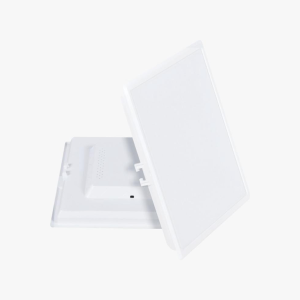 LED BAKELITE PANEL
LED BAKELITE PANEL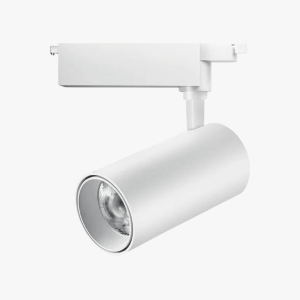 LED TRACKLIGHT
LED TRACKLIGHT LED DEEPLIGHT
LED DEEPLIGHT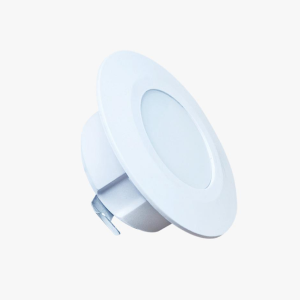 LED MINI DEEPLIGHT
LED MINI DEEPLIGHT.png) LED FOOTLIGHT
LED FOOTLIGHT ELECTRONIC IGNITOR
ELECTRONIC IGNITOR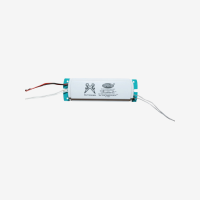 SURGE PROTECTION DEVICE
SURGE PROTECTION DEVICE OUTDOOR SENSORS
OUTDOOR SENSORS.png) LED STREETLIGHT
LED STREETLIGHT LED HIBAY LIGHT
LED HIBAY LIGHT WALL GLASSLIGHT
WALL GLASSLIGHT BULK HEAD
BULK HEAD LED UPDOWN LIGHT
LED UPDOWN LIGHT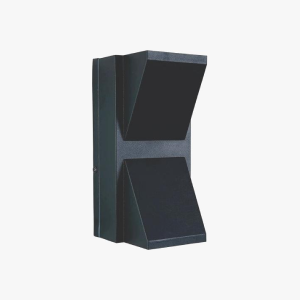 LED K LIGHT
LED K LIGHT.png) FOUR WAY WALL LIGHT
FOUR WAY WALL LIGHT LED DRIVER & SPDs
LED DRIVER & SPDs.png) LED BULBS
LED BULBS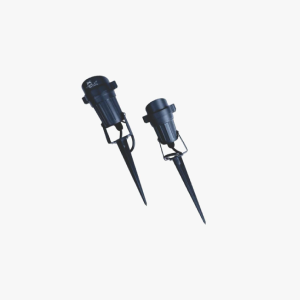 SPIKE LIGHT
SPIKE LIGHT ELECTRONIC BALLAST
ELECTRONIC BALLAST FLOOD LIGHTS
FLOOD LIGHTS.png) GATE LIGHT
GATE LIGHT